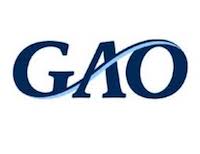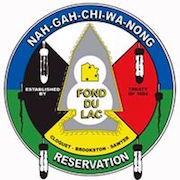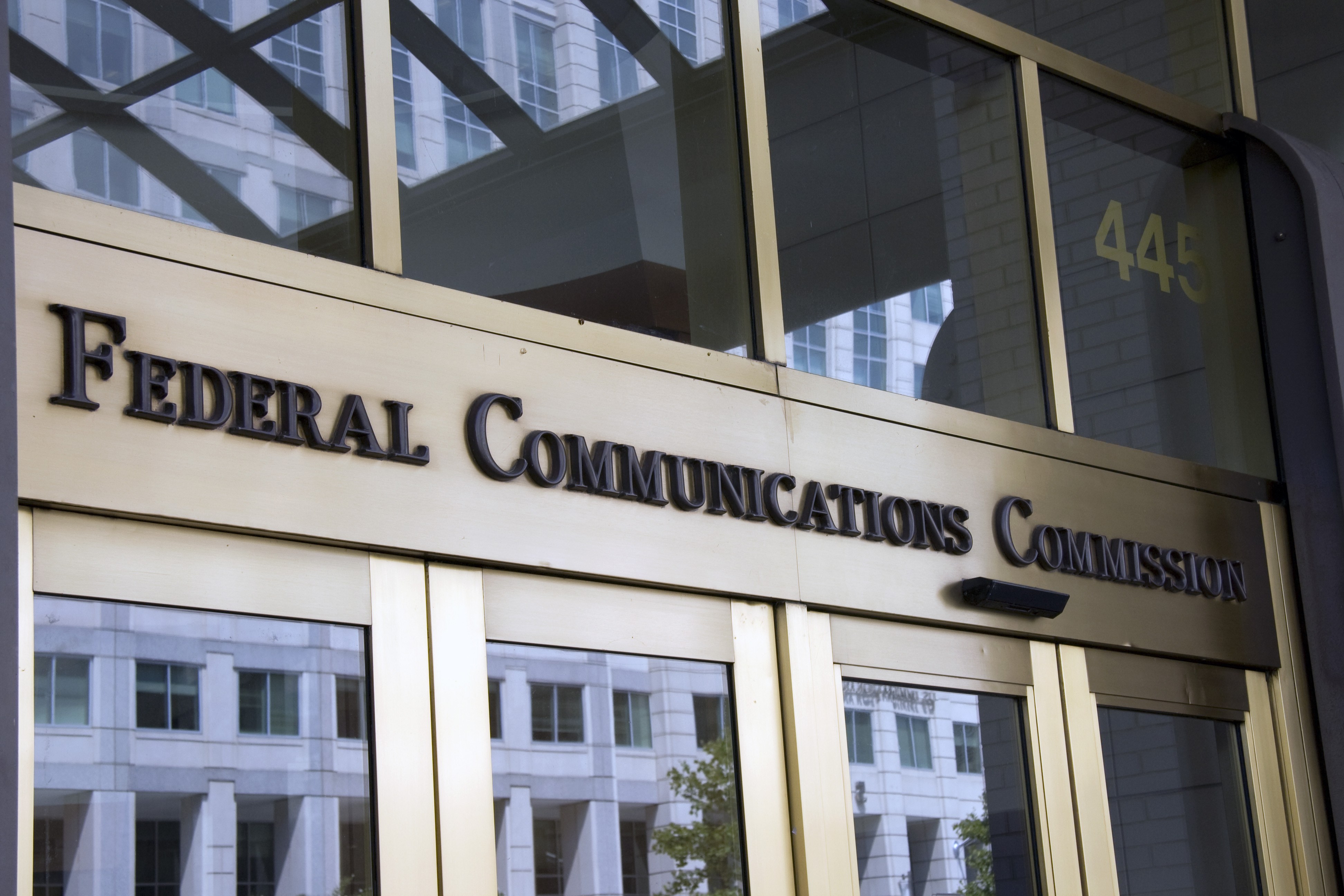According to the Federal Communications Commission (FCC), at least 35 percent of tribal residents do not have access to fixed broadband. In comparison, only 7.7 percent of all U.S. residents lack access to fixed broadband, defined as minimum speeds of 25 Megabits per second (Mbps) download and 3 Mbps upload.
However, a recent report from the Government Accountability Office (GAO) concludes that this disparity is probably even starker.
The report, prepared at the request of the U.S. Senate Committee on Indian Affairs, finds that the FCC’s broadband data is inadequate and inaccurate. As a result, the data overstate sbroadband availability nationwide, particularly in tribal areas. Additionally, the report notes that the FCC fails to engage tribes in the data collection process.
Bad data isn’t just a bureaucratic recordkeeping problem. Tribal communities can miss out on federal funding to improve connectivity in unserved and underserved areas if the FCC data shows that they already have access to broadband.
Reporting Methodology Overstates Access
For the most part, the FCC gets its information on fixed broadband availability through Form 477. Internet service providers (ISPs) submit the form twice a year, listing the census blocks they serve and the highest speeds they advertise.
This data collection methodology inherently exaggerates Internet access. Since ISPs report coverage by census block, an entire block is considered served even if the provider offers, or could offer, access to only one home.
 Many tribal lands are located in rural areas, the report notes, where large census blocks result in vast overstatements of broadband availability. Census blocks can also contain both tribal and non-tribal lands, further obscuring the extent to which tribal communities lack connectivity.
Many tribal lands are located in rural areas, the report notes, where large census blocks result in vast overstatements of broadband availability. Census blocks can also contain both tribal and non-tribal lands, further obscuring the extent to which tribal communities lack connectivity.
“Tribal lands are the canary in the coal mine,” Sascha Meinrath, an American Indian Policy Institute board member and Pennsylvania State University professor, explained to InsideSources. “They are in essence the exemplar of what’s been happening all across rural America, but it’s much worse in these spaces.”
As the report points out, “Because [the] FCC uses [broadband availability] data to measure broadband access, it also overstates broadband access — the ability to obtain service — on tribal lands.” The federal government does not collect information on the factors other than availability that impact access, such as affordability, reliability, or refusals of service. Some tribal stakeholders interviewed for the report said they were denied service because of disagreements between an ISP and the tribal government or because the provider’s technology was already at full capacity.
Failure to Solicit Input from Tribes
The FCC’s National Broadband Plan, released in 2010, notes the importance of improving tribal broadband data and engaging tribal leaders in that process. Nearly a decade later, the GAO report finds that there is no formal procedure in place at the agency to achieve this.
Stakeholders interviewed for the report came up with several ways that the FCC could obtain tribal input, including visiting tribal lands, allowing submission of tribal data or feedback on the provider-submitted data, and providing technical assistance to tribes to help them better understand the FCC data.
 Internet service providers also fall short when it comes to consulting with tribal authorities. Though ISPs that receive subsidies from the FCC’s Universal Service Fund are required to “meaningfully” engage with tribes, the report discovered that “about half of the tribal stakeholders we interviewed raised concerns about difficulties accessing information from providers regarding broadband deployment on their tribe’s lands, a key part of the provider engagement process.”
Internet service providers also fall short when it comes to consulting with tribal authorities. Though ISPs that receive subsidies from the FCC’s Universal Service Fund are required to “meaningfully” engage with tribes, the report discovered that “about half of the tribal stakeholders we interviewed raised concerns about difficulties accessing information from providers regarding broadband deployment on their tribe’s lands, a key part of the provider engagement process.”
Recommendations
The report makes three main recommendations to the FCC:
- Develop more accurate data collection method for Internet access on tribal lands
- Create a formal procedure to engage tribes in the data collection process
- Request feedback from tribes and ISPs on FCC guidelines for how providers should engage with tribes
Tribal leaders aren’t waiting for the FCC to get its act together to improve their communities’ connectivity. Whenever and wherever they have the opportunity and resources, they’re deploying their own community networks to serve people who live on tribal lands. In Minnesota, the Fond du Lac Band of Lake Superior Chippewa is about to launch its own Fiber-to-the-Home network (FTTH), called Aaniin, to bring high-speed Internet access to the region. In 2017, we shared the news that the Fond du Lac Band of Ojibwe’s plan to deploy FTTH, also in northern Minnesota.
To learn more about tribal broadband access, listen to Building Local Power episode 34, “Internet Connectivity in Indigenous Communities.” Christopher interviewed Matt Rantanen from Tribal Digital Village along with former Community Broadband Networks Researcher Hannah Trostle. Learn more about Tribal Digital Village from this interview with Matt from 2016:
Image of Tribal Waters in Nevada courtesy of University of Nevada Reno.
This article was originally published on ILSR’s MuniNetworks.org. Read the original here





